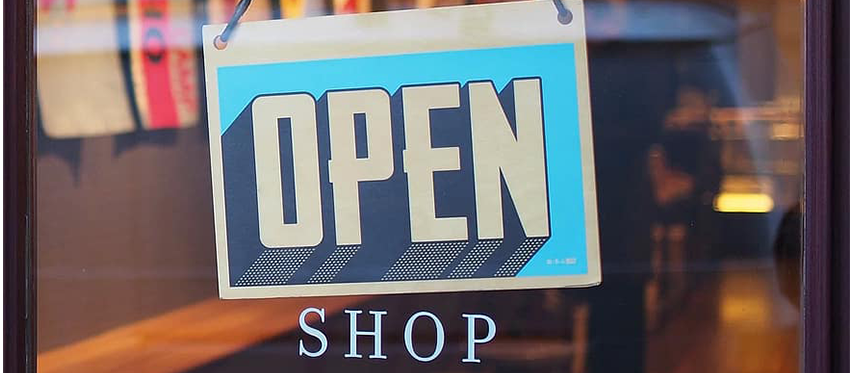Hughes
Four Ways Retailers Can Leverage Digital Signage During COVID-19 and Reopen

As stores begin reopening, continually adjusting their responses toward COVID‑19, they may struggle to provide critical information to their customers and employees because of new social distancing measures. However, a great option exists to help ensure the best possible in-store experience: Digital signage.
Here are four ways that retailers of all sizes can integrate digital signage into their in-store strategies and grow despite the pandemic.
- This list merely scratches the surface. Digital signage can be the key to unlocking a better customer experience, especially in times like these. While retailers must be first and foremost focused on the health and safety of their employees and customers, digital signage solutions can unlock your ability to adapt quickly and easily to constantly changing rules, protocols, procedures—as well as customer behaviors—without incurring the lost time and costs associated with reprinting and rehanging signage.Leverage audience analytics. Digital signage is versatile and can perform many tasks. For example, when paired with small form-factor cameras or onboard Near Field Communication (NFC), digital signage can count how many people enter or leave a store, as well as how many are wearing masks (especially as nearly all retailers have put one-way doors in place). Additionally, retailers can use screens to remind customers to wash their hands regularly, wear face masks, and remember social distancing—especially while waiting in checkout lines. In queues, signage can also provide marketing messages, promotions, and news on community activities that the brand may be involved in.
- Create an immersive, yet touchless experience. Just because it is digital signage doesn’t mean that you need to touch it or even get close to it. Signage can be paired with customers’ mobile experience. Customers can then scan QR codes to see updated hours, menus, and specials. Digital signage can also drive traffic to a social media channel where a brand can highlight their actions helping their customers and community during this pandemic.
Retailers can update this signage quickly and easily, a key benefit as we learn more about COVID-19 and protocols and procedures are updated. Digital signage can also be used to offer directions to specific products or provide inventory updates, preventing customers from becoming frustrated as they wander around a store only to find what they are looking for is sold-out. Additionally, signage can drive traffic to a brand’s online store, where items can be browsed and then shipped directly to the customer. For quick-service and fast-casual restaurants, signage can be used in window fronts to remind customers of how to place and pick up orders with minimal or no contact. - Remember your employees. Yes, remember the people that faithfully show up each and every day to your business to assist customers and drive the success of your business. Your employees and their capability to answer customers’ questions are critical to your brand’s ability to get through the COVID‑19 pandemic. Digital signage solutions can be utilized in the “back of house” to provide critical updates on store procedures, practices, and staffing rules. Additionally, retailers can use these screens to quickly instruct teams on how to restock shelves during high‑demand times, how to disinfect a cash register and checkout line, and much more. Ultimately—and this is not new—the last thing you want is for an employee to shrug their shoulders or use the retail curse words, “I don’t know.” This has a direct and immediate correlation to customer experience, and at a time when moods and morale are likely low, digital signage can give employees the necessary information to answer questions and deliver a better experience.
- Keep the experience upbeat and positive. During the early parts of this pandemic, all of us were glued to our TVs. Whether it was the seemingly endless news cycle reminding us of the depressing statistics related to the pandemic, or it was binging The Office for our umpteenth time, it was easy to become lost in all of it. Instead of perpetuating this loop, signage can be used for non‑traditional messaging as well. For example, digital signage could show stories of those that have recovered from the virus; funny things that happened while working at home; videos of new recipes; or new, binge-worthy shows to check out. All of these things can create and build brand equity during mundane and sporadic store visits by empathizing with your customer-base, making them feel that you actually care.
Popular Insights